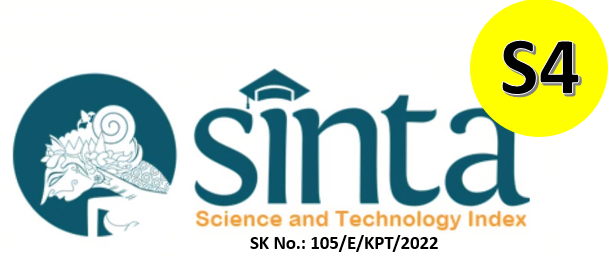Potency of Curculigo capitulata and Curculigo latifolia Fruit Based on Nutrient Content (a Case for Preservation Need in Kebonharjo)
DOI:
https://doi.org/10.29080/biotropic.2018.2.2.67-72Keywords:
C.capitulata, C.latifolia, nutrients, preservationAbstract
C.capitulata and C.latofilia are recognized as a medical plants in Asia, especially for ancient India and China. In Indonesia, i.e Kebonharjo (a village in Samigaluh District, Kulon Progo, Yogyakarta), people use it as a sweetener replacing sugar. Phenol, neonorlignan, and protein inside these plants had been examined by some researchers. However, the nutrient content inside the fruit are rare or slight recorded. This study aims to reveal the composition of minerals (Ca, Fe, Mg, K), carbohydrate compound (glucose, fructose, sucrose) and Vitamin C in their fruit, therefore, the development to preserve these species can be concerned due to the plan of “Bedah Menoreh” program, a program of road construction connecting between New Yogyakarta International Airport (NYIA) and Borobudur Temple. The method for finding out the nutrient content is by laboratorium analysis. Result showed that both fruit contained potentially high of mineral, especially Ca (calcium), but C.capitulata and C.latifolia contained no sucrose and glucose respectively.













